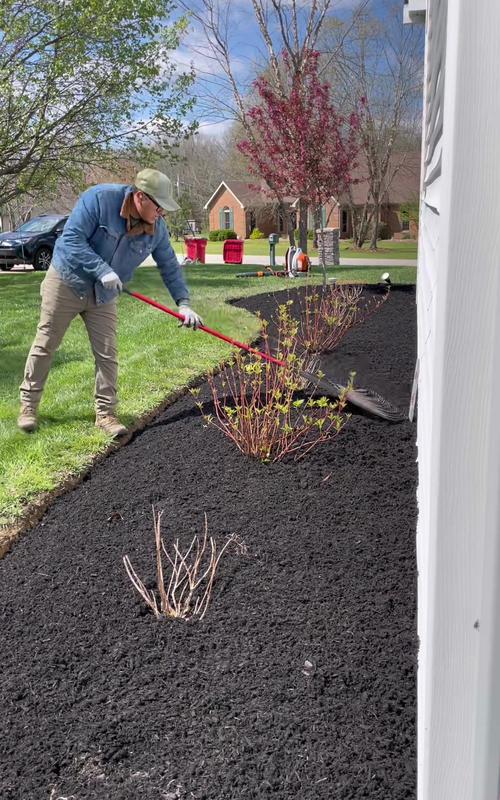
How to Landscape Your Yard
Landscape design is an important aspect of creating an attractive and functional outdoor space. A well-designed yard can add value to your home and provide a relaxing and enjoyable environment for your family and guests. Whether you are starting from scratch or looking to update your existing landscape, here are some tips to help you create a beautiful and functional yard.
Assess Your Space
Before you begin landscaping, take the time to assess your yard and identify any problem areas or opportunities for improvement. Consider factors such as sun exposure, soil quality, existing plants and structures, and any specific needs or goals you may have for your yard. This assessment will help you develop a plan that takes advantage of your yard's strengths and addresses its weaknesses.
Create a Plan
Once you have assessed your yard, it's time to create a plan for your landscape. This plan should include a layout of the various elements you want to include in your yard, such as grassy areas, flower beds, trees, shrubs, pathways, and hardscaping features. Consider how each of these elements will work together to create a cohesive and functional outdoor space.
Choose the Right Plants
When selecting plants for your yard, consider factors such as climate, soil type, and sun exposure. Choose a variety of plants that will provide interest and color throughout the year, and be sure to include a mix of evergreen and deciduous plants to provide year-round visual appeal. Also, consider plants that are low-maintenance and drought-resistant to minimize the amount of care and water they require.
Install Hardscaping Features
Incorporating hardscaping features such as patios, pathways, and retaining walls can add visual interest and functionality to your yard. When selecting materials for these features, consider factors such as durability, maintenance requirements, and how well they will complement the overall design of your landscape.
Maintain Your Landscape
Once your landscape is in place, it's important to maintain it to keep it looking its best. This may include regular watering, fertilizing, pruning, and weeding. Be sure to also monitor your yard for any potential issues such as pests, diseases, or drainage problems, and address them promptly to prevent them from causing long-term damage to your landscape.
Conclusion
Creating a beautiful and functional yard is a rewarding process that can add value and enjoyment to your home. By carefully assessing your space, creating a thoughtful plan, selecting the right plants and materials, and maintaining your landscape, you can create an outdoor space that you and your family will love for years to come.
Are you interested in landscaping your yard? Contact us for professional landscaping services.
